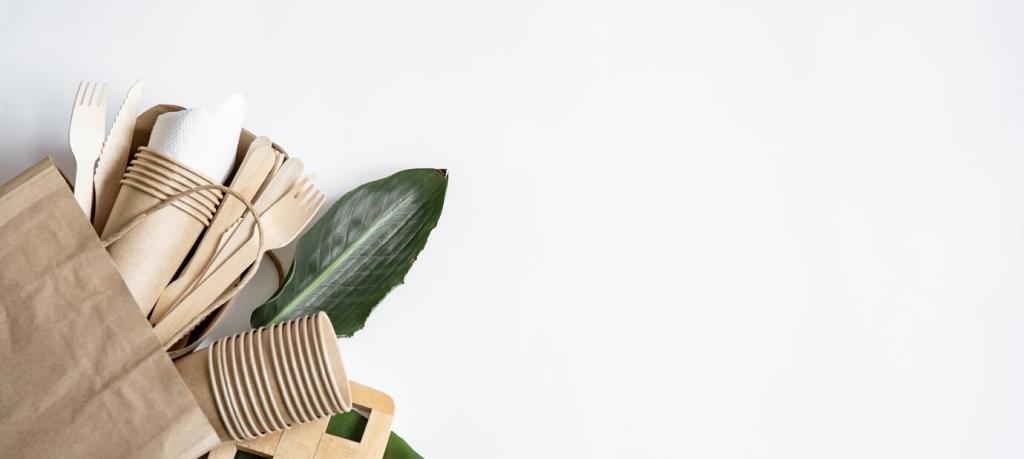
Upcycling: Transforming Old Wardrobes into New Styles
Upcycling has become a sustainable and creative trend in the world of fashion, allowing individuals to breathe new life into items that would otherwise be discarded. Rather than contributing to textile waste, upcycling encourages us to find innovative ways to revamp and reuse old clothing pieces. By transforming outdated wardrobes into fashionable new styles, we not only help the environment but also discover unique pieces that reflect personal creativity and resourcefulness.
The Essence of Upcycling in Fashion
Embracing Sustainability and Creativity
Sustainability is at the core of upcycling, transforming what could be waste into something valuable and stylish. Unlike traditional recycling, upcycling involves adding value by redesigning and enhancing old garments. This creative approach not only considers the environmental impact but also allows for the expression of personal taste and style. By giving new purpose to worn-out or forgotten clothes, upcycling helps reduce the demand for new resources while providing a fun and fulfilling outlet for artistic vision.

Techniques to Revamp Your Wardrobe
Dyeing and Fabric Painting
Giving old clothing a new color or design through dyeing and fabric painting is a powerful way to reinvigorate tired items. Natural and synthetic dyes come in a vast array of colors, enabling dramatic transformations from faded to fabulous. With fabric paints, you can apply patterns, artwork, or even simple color-blocking to create visual interest. These techniques are accessible for beginners and pros alike, offering both subtle refreshes and bold overhauls depending on your creativity.
Tailoring and Reshaping
Sometimes all a neglected garment needs is a little adjustment. Tailoring and reshaping can drastically modernize old clothes, resulting in a better fit and a more contemporary silhouette. Whether it’s taking in seams, adjusting hems, or changing sleeve lengths, these simple interventions help preserve clothing that may have been overlooked. Through reshaping, even dated designs can find new appeal, ensuring your wardrobe evolves with your personal style.
Embellishments and Decorative Elements
Adding embellishments such as patches, embroidery, appliqués, or beading can instantly elevate ordinary garments. These decorative touches showcase artistic flair, craftsmanship, and attention to detail, making each piece unique. Embellishments are perfect for hiding stains, repairing small holes, or simply highlighting your favorite features of a piece. The result is a wardrobe that feels new again and distinctly your own, with each detail telling its own story.

Supporting Local Artisans and Small Businesses
The rise of upcycled fashion has given birth to thriving communities of makers, artisans, and small businesses. These entrepreneurs often utilize local resources, sell at markets, and collaborate within their neighborhoods, fostering economic growth. By supporting such enterprises, consumers contribute to job creation and cultural exchange, valuing craftsmanship over mass production. This dynamic helps sustain local economies and preserves unique artistic traditions.
Promoting Fashion Accessibility
Upcycling democratizes fashion by making it accessible to a wider range of people. Anyone can participate regardless of budget, as old clothes become resources rather than waste. Whether through DIY projects or swapping garments within a community, upcycling closes the gap between trends and affordability. The result is a more inclusive approach to style that’s not limited by the high costs often associated with new, designer clothing.
Encouraging Mindful Consumption
By engaging in upcycling, individuals develop a more conscious relationship with their wardrobe choices. This mindset values longevity, quality, and purpose over fast, disposable trends. Mindful consumption encourages buying less, choosing well, and making items last—principles which can reshape the entire fashion landscape. As more people embrace upcycling, these habits contribute to a culture of responsibility and meaningful engagement with fashion.
